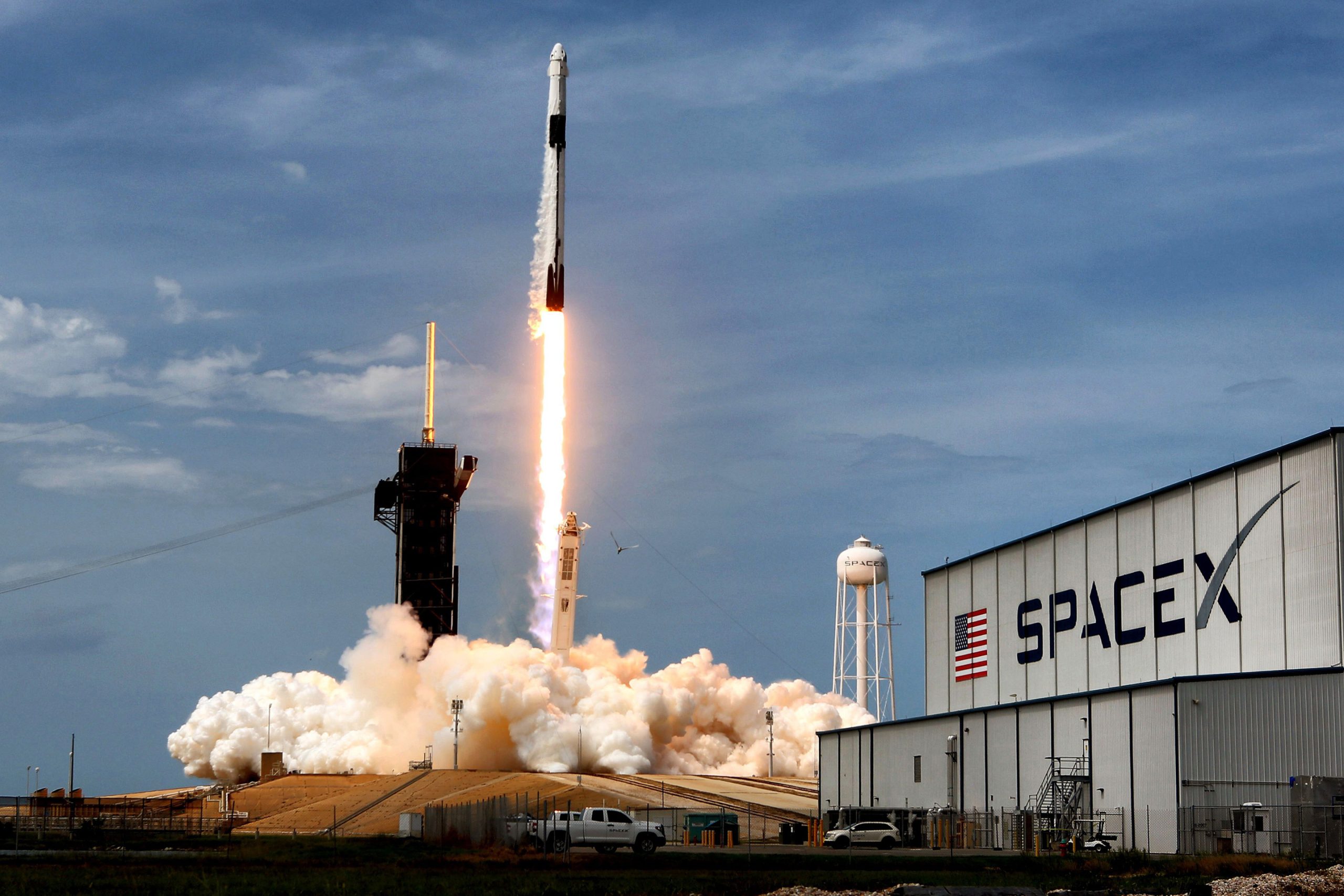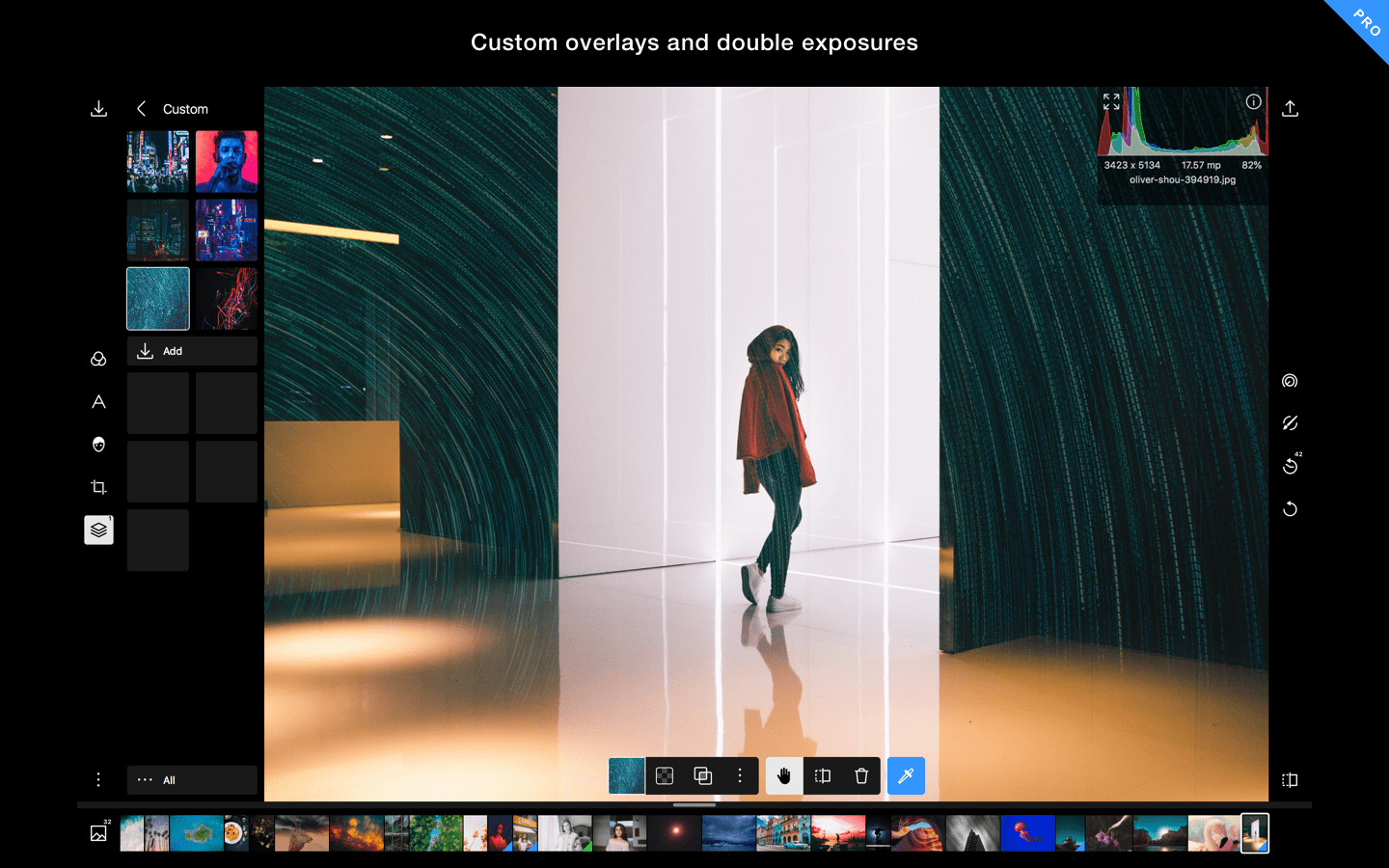Table of Contents
What Is SpaceX?
SpaceX, short for Space Exploration Technologies Corp., is a private American aerospace company founded by entrepreneur Elon Musk in 2002. The company’s main goal is to reduce the cost of space transportation and enable the colonization of Mars.
SpaceX designs, manufactures, and launches advanced rockets and spacecraft, and has become known for its reusable rocket technology. The company has developed the Falcon 1, Falcon 9, Falcon Heavy, and Starship rockets, as well as the Dragon spacecraft, which are capable of delivering cargo and crew to the International Space Station (ISS).
In addition to launching commercial payloads into orbit, SpaceX has also won contracts with NASA to resupply the ISS and transport astronauts to and from the station. The company has also launched several successful missions to deploy satellites and send payloads into deep space, including the Falcon Heavy launch of the Tesla Roadster into orbit around the Sun.
Overall, SpaceX has made significant advancements in the commercial space industry, and its ambitious goals have helped inspire a renewed interest in space exploration and colonization.
SpaceX’s Revolutionary Plans
SpaceX has several revolutionary plans in the field of space exploration and transportation. Here are some of the most notable ones:
- Mars colonization: SpaceX’s long-term goal is to establish a self-sustaining city on Mars. The company is developing its Starship spacecraft, which is designed to carry both crew and cargo to Mars and back. SpaceX plans to use Starship to send humans to Mars as early as 2026.
- Reusability: SpaceX’s Falcon 9 and Falcon Heavy rockets are partially or fully reusable, which significantly reduces the cost of space launches. The company plans to make its Starship spacecraft fully reusable as well, which will make space transportation much more affordable.
- Starlink satellite internet: SpaceX is launching a constellation of satellites called Starlink to provide high-speed, low-latency internet to users anywhere on the planet. The company has already launched thousands of satellites and plans to launch thousands more, potentially disrupting the traditional telecommunications industry.
- Interplanetary transport: In addition to Mars, SpaceX has plans to use its Starship spacecraft to explore other destinations in the solar system, such as the Moon, Venus, and Jupiter’s moon Europa. The company has also proposed using Starship for point-to-point travel on Earth, enabling ultra-fast long-distance transportation.
Overall, SpaceX’s plans are ambitious and groundbreaking, with the potential to revolutionize space exploration and transportation, as well as several other industries.
How SpaceX Is Transforming Space Travel and Exploration?
SpaceX is transforming space travel and exploration in several ways, including:
- Reusability: SpaceX’s reusable rocket technology significantly reduces the cost of space launches, making it more accessible and affordable for private companies and governments. This has led to a renewed interest in space exploration and the potential for new opportunities in space.
- Commercial spaceflight: SpaceX has shown that private companies can successfully launch spacecraft and cargo to the International Space Station (ISS) in partnership with NASA, opening up a new era of commercial spaceflight.
- Mars colonization: SpaceX’s long-term goal of establishing a self-sustaining city on Mars is a bold and innovative vision for the future of space exploration. The company’s development of the Starship spacecraft is a major step towards achieving this goal, with plans to send humans to Mars as early as 2026.
- Satellite internet: SpaceX’s Starlink satellite constellation aims to provide high-speed, low-latency internet to users anywhere on the planet, potentially disrupting the traditional telecommunications industry and providing new opportunities for global connectivity.
- Inspiration and innovation: SpaceX’s ambitious goals and innovative technology have inspired a new generation of scientists, engineers, and entrepreneurs, and have catalyzed new advancements in the space industry.
Overall, SpaceX’s transformative approach to space travel and exploration has the potential to revolutionize our understanding of the universe and lead to new opportunities and advancements for humanity.
The Success of the SpaceX Falcon 9 Program
The SpaceX Falcon 9 program has been a remarkable success, with numerous achievements and milestones that have transformed the commercial space industry. Here are some of the key successes of the Falcon 9 program:
- First privately developed rocket to reach orbit: In 2008, SpaceX became the first privately developed company to launch a liquid-fueled rocket, the Falcon 1, into orbit. This was a significant milestone that paved the way for future successes.
- First privately developed spacecraft to dock with the ISS: In 2012, SpaceX’s Dragon spacecraft became the first privately developed spacecraft to dock with the International Space Station (ISS), marking a major breakthrough in commercial spaceflight.
- Reusable rocket technology: In 2015, SpaceX successfully landed the first stage of a Falcon 9 rocket on a drone ship in the ocean, demonstrating the feasibility of reusable rocket technology. Since then, the company has landed and reused numerous rocket stages, significantly reducing the cost of space launches.
- NASA contracts: SpaceX has won contracts with NASA to resupply the ISS and transport astronauts to and from the station. The company’s Crew Dragon spacecraft completed its first crewed mission in 2020, marking a major milestone for commercial spaceflight.
- Starlink satellite constellation: In addition to launching payloads into orbit, SpaceX is also building a constellation of satellites called Starlink to provide high-speed, low-latency internet to users anywhere on the planet. The company has launched thousands of satellites and plans to launch thousands more, potentially disrupting the telecommunications industry.
Overall, the Falcon 9 program has been a remarkable success, with numerous achievements that have transformed the commercial space industry and opened up new possibilities for space exploration and transportation.
The Impact of Reusable Rockets on Space Travel
The development of reusable rockets has had a significant impact on space travel in several ways:
- Cost reduction: Reusable rockets significantly reduce the cost of space travel. Traditionally, rockets were used once and then discarded, which made space travel expensive. With reusable rockets, the cost of space launches can be reduced by a factor of ten or more.
- Increased frequency of launches: The cost reduction from reusable rockets has also enabled more frequent launches. This can allow for more experimentation and testing, and more regular resupply of the International Space Station.
- Development of new spacecraft: Reusable rockets have allowed for the development of new spacecraft that can be used for multiple missions, such as SpaceX’s Dragon spacecraft, which can be reused for cargo and crew missions to the International Space Station.
- Space tourism: Reusable rockets have made space tourism a possibility. Companies like Virgin Galactic and Blue Origin are developing reusable spacecraft that can take people on suborbital flights, and SpaceX has announced plans to send private citizens on a trip around the Moon.
- Increased focus on Mars exploration: Reusable rockets have enabled private space companies like SpaceX to focus on long-term goals like Mars exploration and colonization, which would have been cost-prohibitive with traditional rockets.
Overall, the development of reusable rockets has had a significant impact on space travel, enabling more frequent launches, reducing costs, and opening up new opportunities for exploration and commercialization of space.
What’s Next for SpaceX?
SpaceX has several ambitious plans for the future that aim to transform space travel and exploration. Here are some of the key things that the company is working on:
- Starship spacecraft: SpaceX is developing a new spacecraft called Starship, which is designed to carry up to 100 people to Mars and other destinations in the solar system. The company is currently testing prototypes of the spacecraft, and plans to send humans to Mars as early as 2026.
- Starlink satellite constellation: SpaceX is building a constellation of satellites called Starlink to provide high-speed, low-latency internet to users anywhere on the planet. The company has launched thousands of satellites and plans to launch thousands more, potentially disrupting the telecommunications industry.
- Inspiration4: In September 2021, SpaceX launched its first all-civilian mission to space, called Inspiration4. The mission was a significant milestone for commercial spaceflight and could pave the way for more private missions in the future.
- NASA contracts: SpaceX has won contracts with NASA to resupply the International Space Station and transport astronauts to and from the station. The company is also working on developing a lunar lander for NASA’s Artemis program, which aims to send humans back to the Moon.
- Point-to-point travel: SpaceX has announced plans to use its Starship spacecraft for point-to-point travel on Earth, allowing people to travel anywhere on the planet in under an hour.
Overall, SpaceX’s ambitious plans for the future could transform the way we think about space travel and exploration, and have the potential to revolutionize industries on Earth as well.
Conclusion
In conclusion, SpaceX has made significant contributions to the commercial space industry through its innovative technology and ambitious plans for the future. The company’s reusable rockets have significantly reduced the cost of space travel and opened up new opportunities for exploration and commercialization of space. SpaceX’s achievements include the first privately developed spacecraft to dock with the International Space Station, reusable rocket technology, and the Starlink satellite constellation. Looking forward, the company is working on developing a new spacecraft called Starship, lunar lander for NASA’s Artemis program, and plans for point-to-point travel on Earth. With its continued focus on innovation and bold vision for the future, SpaceX is poised to make even greater contributions to the field of space exploration and inspire future generations to pursue the final frontier.




